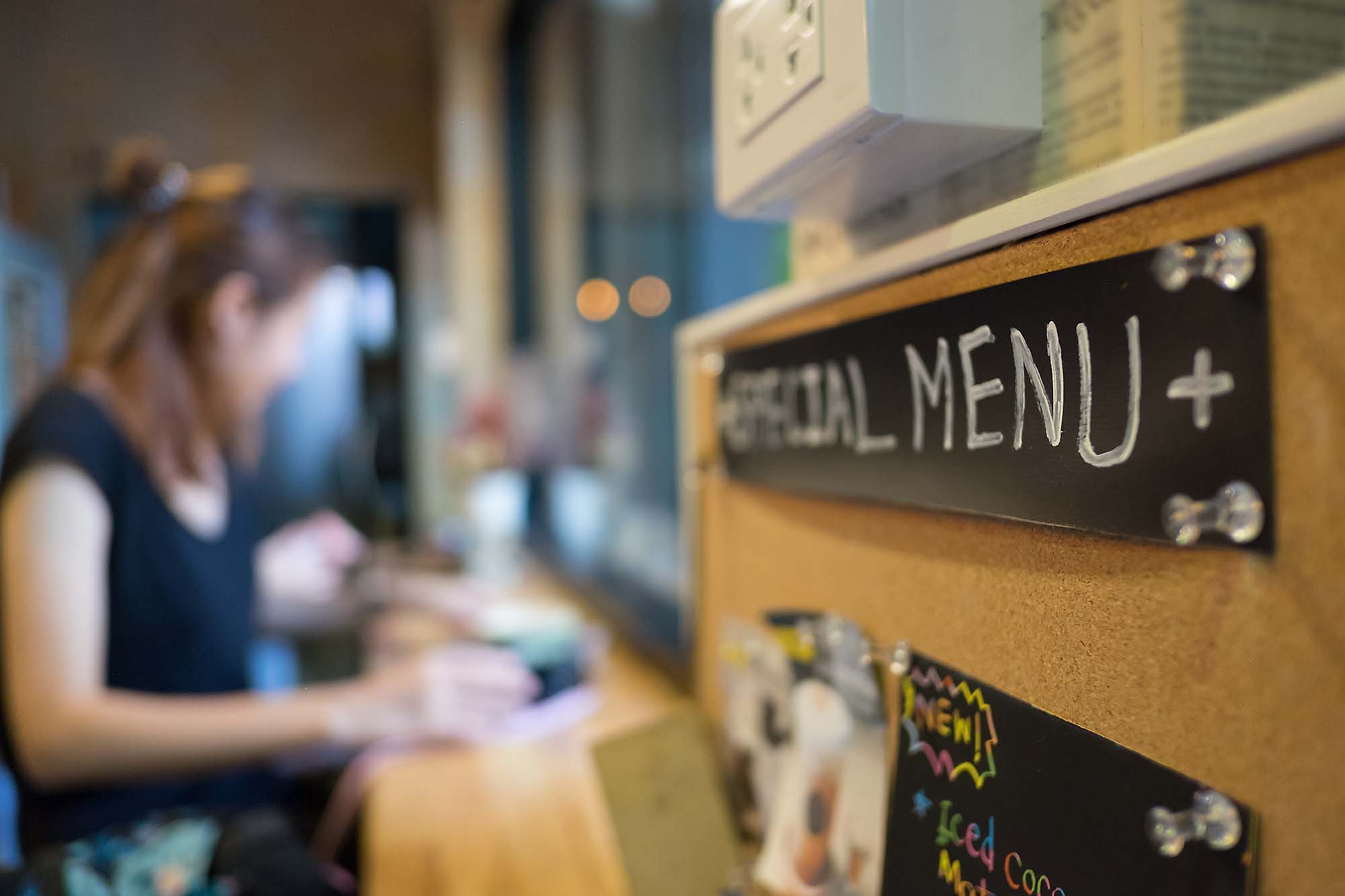6 Menu Trends You Can’t Ignore in 2026—and How to Make Them Work for Your Restaurant
If you run a restaurant, you already know that customer tastes change. Sometimes quickly. Sometimes without warning. Staying relevant means knowing what’s coming next—and how to respond in a way that feels natural to your brand and your kitchen.
Looking ahead to 2026, we’re seeing six trends that are influencing how menus are being designed across the U.S. These aren’t fads or seasonal flashes. They’re grounded in real shifts in how people want to eat—and what they expect from the places they choose to dine.
Whether you run a casual counter spot or a full-service kitchen, these ideas can help you keep your menu fresh, practical, and aligned with what today’s diners care about.
1. Global Inspiration, Local Ingredients
Diners are looking for dishes that surprise them. They want flavor combinations they haven’t tried before. But they also want to know where their food came from.
That’s why we’re seeing more menus that blend global influence with local sourcing. Think Peruvian-style chicken made with herbs from a neighborhood farm. Or Vietnamese noodle bowls topped with vegetables from a local co-op.
This kind of contrast—adventurous but grounded—makes a dish feel both exciting and responsible. It’s not just about fusion. It’s about thoughtful sourcing and storytelling.
Want to try it? Start small. Maybe it’s a rotating special. Or a short seasonal feature that explores a regional cuisine. Share the sourcing story on your menu and on social.
2. The Rise of Plant-Forward Eating
We’re past the point where one or two vegetarian dishes are enough. Diners—especially younger ones—are eating less meat. Not necessarily going vegan. Just putting vegetables at the center of the plate more often.
But here’s the thing: they still want flavor. They don’t want boring substitutions or second-tier entrees.
A well-designed plant-forward dish isn’t a compromise. It’s something customers crave in its own right.
Picture this: Roasted carrots glazed in tahini and maple, served over a bed of quinoa with a chili oil drizzle. Or charred cauliflower steaks with salsa verde and pickled red onions.
These kinds of dishes are showing up not just on trend-driven menus but at classic steakhouses, breweries, even diners.
If your menu feels too meat-heavy, this is an area worth exploring. Start with dishes where the vegetables do the heavy lifting. Highlight flavor, texture, and variety.
3. Functional Ingredients
The idea that food can make you feel better isn’t new—but it’s getting more sophisticated.
In 2026, we’re seeing more menus nod to gut health, immunity, and energy without turning into health food stores. Fermented items like kimchi, pickled vegetables, and miso are becoming staples. You’ll see turmeric pop up in rice bowls, bone broths on lunch menus, and mushrooms in more than just risotto.
This doesn’t mean you need to overhaul your concept. You don’t need to serve adaptogenic smoothies if that’s not your thing.
But think about where you can naturally work in a few functional elements. A marinade. A sauce. A soup base.
Even just adding a phrase like “house-pickled vegetables” to a menu item changes the perception. Customers feel like they’re getting something that supports their health without having to ask for it.
4. Elevated Comfort Food
Comfort food never goes out of style—but it does evolve.
In 2026, we’re seeing classic dishes reimagined with better ingredients and a more intentional touch. Think of it as the grown-up version of your childhood favorites.
Grilled cheese made with sourdough and aged cheddar. Meatloaf with garlic confit and a red wine reduction. Chicken tenders brined in buttermilk and coated in seasoned rice flour.
What makes these work is the balance between familiarity and surprise. The names stay simple. The plating stays unfussy. But the flavors are layered and satisfying.
If you’re already serving comfort food, this is a great way to refresh your menu. Keep the spirit. Upgrade the execution.
5. Menus Built for Takeout
By now, you’ve probably made changes to accommodate takeout. But there’s a difference between offering to-go service and actually building a menu with takeout in mind.
In 2026, more restaurants are designing dishes and packaging specifically for travel. That means:
- Fewer fried items that get soggy
- Sauces on the side
- Items that can be assembled by the customer (burrito kits, build-your-own bowls)
Some are even offering separate takeout menus with slight modifications. Smaller portions. Bundle pricing. Add-on items that pad the ticket.
It’s not about being fast food. It’s about protecting quality—and creating a thoughtful experience outside your four walls.
Want to test this? Pick three dishes you already offer. Ask: How well do they hold up after 20 minutes in a bag? What could improve them?
6. Experiences at Home
More diners want a sense of occasion—even when they’re eating at their kitchen table. That’s why experiential menu items are on the rise.
We’re seeing more DIY kits, finishing sauces, add-ons, and meal bundles that offer something extra. Restaurants are selling pasta kits, craft cocktail pairings, even curated Spotify playlists to go with the meal.
This trend doesn’t mean you need to get gimmicky. The best executions are simple. A little instruction card. A branded sticker. A dish that builds anticipation.
Done right, it builds loyalty and word-of-mouth. Customers don’t just eat the food—they talk about the experience.
Bringing It Together
Trends are just that—trends. They should never pull you away from your core strengths or force you into something that doesn’t feel natural.
But if you see opportunities to align these ideas with your existing brand and kitchen strengths, 2026 is a great time to try them.
Start with one. A plant-forward weekly special. A takeout bundle that’s easier to prep. A nostalgic dish with a modern edge.
Menus don’t need to be rewritten overnight. But small, smart changes? They add up. And they remind your customers that you’re evolving with them.
That’s what a strong menu does. It reflects who you are—while still leaving room to grow.






